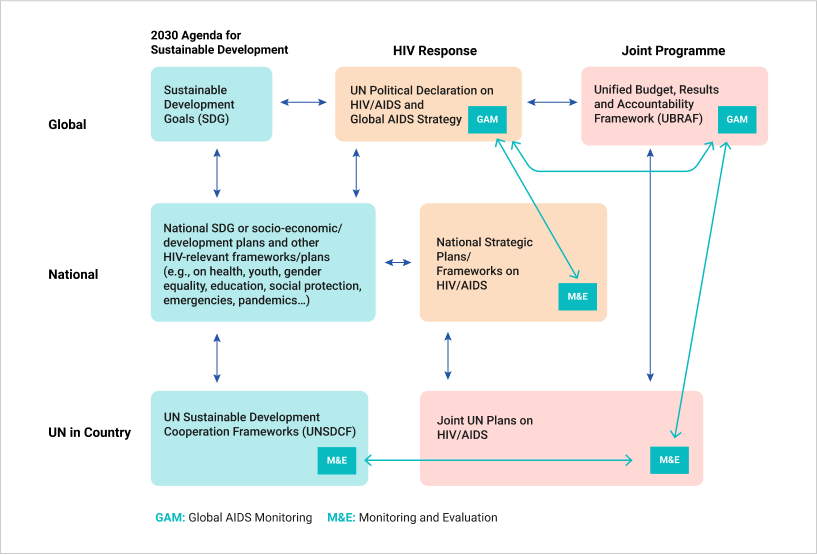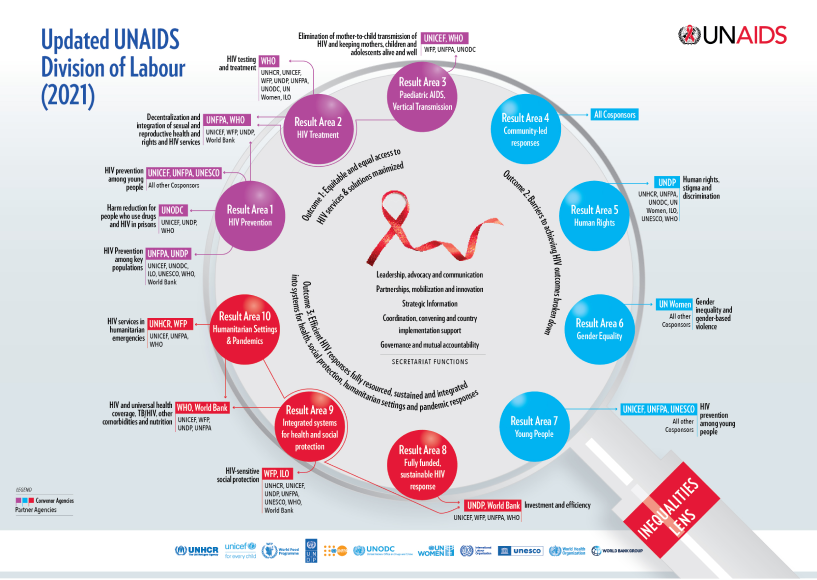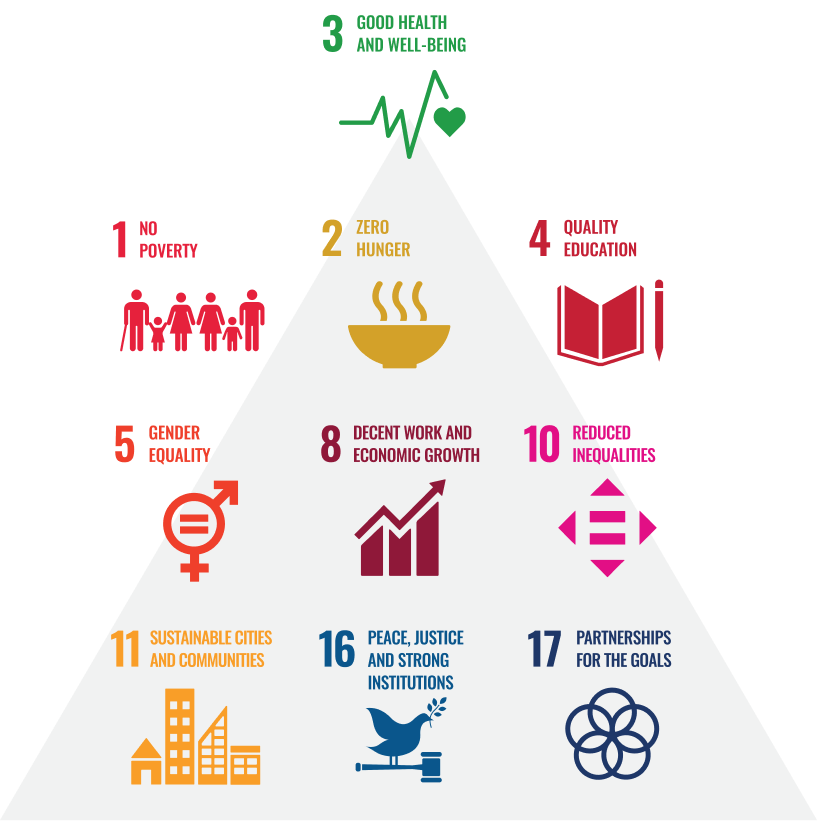UNAIDS Cosponsors and the Secretariat work jointly at the global, regional and country levels, uniting expertise for effective UN support to countries and fully applying and promoting UN reform to optimize impact.
At global level, active coordination takes place through UNAIDS Committee or Cosponsoring Organization and multiple coordination fora such as on specific global initiatives, policy and programmatic areas, advocacy, strategic information, management, governance and evaluations. Joint planning, monitoring and reporting at this level also allows for an effective, coherent and optimized delivery of UNAIDS mandate.
At the regional level, Regional Teams on AIDS composed of UNAIDS Cosponsors and the Secretariat’s Regional Support Teams on AIDS as well as any other UN agency engaged in HIV work, provide leadership for coordinated effective guidance and support to countries for the implementation of the Global AIDS Strategy and progress towards the global AIDS targets. The Regional Teams amplify and complement country level work by addressing regional dimensions of the AIDS response and fostering synergies across countries. They leverage regional institutions, platforms and/or partnerships with governments, communities, civil society, academia, the private sector and other partners to support HIV responses.
At the country level, Joint UN Teams on AIDS bring together all UN staff working on HIV to leverage and ensure well-coordinated and effective UN support to the national HIV responses to progress towards achievement of the national and global targets on AIDS using an inequalities lens. The Joint UN Teams work in close collaboration with governments and other national and/or entities, communities of people living with. affected by and at risk of HIV, other civil society and development partners engaged in the HIV response to close gaps and HIV related inequalities to optimize collective impact and reach the global AIDS targets.
Under the overall leadership of the UN Resident Coordinator, the Joint UN Joint Teams on AIDS are fully part of the UN Resident Coordinator’s system and contribute to the development and delivery of the UN Strategic Development Cooperation Framework (UNSDCF) to support national priorities and progress towards achievements of the SDG. Within the UNSDCFs, Joint UN Plans on AIDS define the collective strategic, prioritized and catalytic contribution of the Joint Programme to the national HIV response and the broader SDGs. These plans are informed by national HIV strategic plans and other development plans and frameworks as well as guided by the UNSDCFs, UNAIDS Unified Budget Results and Accountability Framework (UBRAF) and overall UN reform especially joint programmes.
Framework for UN country support to the HIV response





